Okay, this one’s not that fun to talk about, but it’s needed. Let’s address the business ‘ick’. That creeping discomfort when a business partnership doesn’t feel wrong, but it no longer feels right either. Nothing is catastrophically broken. No deal-breakers. But something is off—there’s a misalignment you can’t quite put your finger on. Or, maybe you can—and now you’re feeling even worse because time has passed, and you haven’t brought it up.
Here’s what typically happens:
We ignore it. Tell ourselves it’s a rough patch. Wait for things to smooth out.
But, deep down, we know—the energy has shifted. Our gut is signaling, but our mind is justifying.
A breakdown of trust has already begun. And we’re participating in it.
Why do partnerships unravel? How do we notice the signs, before we get stuck?
Let’s zoom in on what makes or breaks a partnership—to clarify the energetic contract before we sign a legal one.

We don’t often think of partnerships as long-term forces shaping who we become, but they are.
The moment we say ‘yes’, we tie our reputation and momentum to theirs. And, for better or worse, their influence alters our path.
A few thoughtless decisions, and we may wake up wondering, “Who am I? And why have I spent my time creating this?” Because—
Who we build with shapes what we build. And what we build shapes us.
Every partnership says something about our integrity, maturity, and discernment.
A misaligned one may cost us far more than money. So, how do we choose accordingly?
Why don’t we?
You know when you’re dating, and the energy is electric? You’re sharing your dreams, seeing them come to life in real-time, and listing all the reasons this could work.
Entertaining ideas like, “I’ve found the perfect match.” “We just make sense.”
And so you commit—but based on chemistry, not a real covenant.
The same way people rush into relationships before really knowing who they’re dating, many rush into business partnerships before fully understanding what they’re building—and who they’re building with.
The possibility is more intoxicating than the practicality of it—and it blinds us from investing with our heads.
I used to jump in headfirst, just like that. Going ‘all in’ because of what I thought was alignment—shared vision and language.
It was so exciting—until it wasn’t.
Because both vision and language change if two people are evolving in different directions.
Instead of admitting it, we held on. Avoided the hard conversation.
Until eventually, we ghosted one another without ever meaning to.
Still stings.

What’s that about?
In the beginning, we’re not evaluating—we’re projecting. Seeing what we want to see.
And the prospect of finding someone who ‘gets it’ distorts our reasoning.
Surface compatibility is mistaken for ongoing synergy. Shared ambition for shared values.
We assume that because we both want to build something meaningful, we’ll want to build it in the same way—committing to our version of the story, even when the evidence suggests otherwise.
Often, though the misalignment is obvious, we stay, thinking:
“We’ve already invested so much.” (Sunk cost trap)
“If I just hold on a little longer…” (Optimism bias)
“I can’t let another one fall apart.” (Avoiding disappointment)
“I can’t start all over again.” (Loss aversion)
“My name is tied to this.” (Social or financial pressure)
Like so many things in life, we think ending = failure. When the real failure is staying in something that no longer serves us—or them.
It’s failing to see what we stand to gain:
Inspiration—the weight we carried? Gone.
Clarity—no more distractions, no more fog.
Openness—space for who or what actually fits.
Flow—moving freely, without force.
Power—choosing who we are, and where we are, not just what we started.
If you’re keeping score, staying surface-level, or hesitating to share big ideas—it’s worth investigating:
Has this reached its expiry date? Or could this be an inflection point?
Endings don’t take something from us; they make room for what’s meant for us.
And, sometimes, we have to let go of something really good to make space for something really great.

So, what does a really-great-partnership-that’s-meant-for-us look like?
In a piece on loyalty, I explored why transformational relationships last, while transactional ones tend to break down—especially in a world of constant, accelerating change.
In the context of partnerships, a transactional relationship is:
Value-based, not values-based. Only caring about what each person brings to the table today, rather than where they’re headed, together.
Built on conditions. Working as long as needs are met. Fading as soon as they’re missed.
More obligatory than inspirational. Dictated by contract, over the excitement to create.
A means to an end. Existing only to achieve a goal, not necessarily to grow the people in the process.
Whereas a transformational business partnership is:
Evolving in tandem, not just achieving a shared outcome. From working alongside each another, to expanding through one another.
Generative, not extractive. Both partners experience a multiplier effect, rather than a direct cost-benefit split.
Upheld by trust over leverage. Instead of “What can you do for me?” they ask, “Who are we becoming together?”
Resilient through change. When circumstances shift, the commitment holds—or deepens. They pass the stress-test, sometimes thriving because of it.
The telling differentiator between a transactional and transformational partnership?
Whether it exists because of the work—or for it.

What does it mean to exist ‘for the work’?
What keeps Disney and Pixar pushing the boundaries of storytelling together—collaborating for 3+ decades to create films that have shaped entire generations?
What fuels Red Bull and GoPro to keep redefining human potential—capturing more and more world-record-breaking moments, from skydiving from space to big-wave surfing?
How have Coca-Cola and McDonald’s sustained their alliance for over 65 years, embedding themselves into our very definition of ‘joy’?
This is more than partnership. It’s one purpose, manifested through two companies.
When a partnership exists ‘for the work’, it means purpose comes first. The ‘what’ and ‘how’ can flex—because ‘why’ is solid.
Their business is anchored to the same foundation—a shared conviction—upon which everything else is built. A vision that breathes life into it. Values that uphold it.
Purpose connects our personal and professional agendas.
So, at every level, the truer the purpose, the greater the potential for alignment.
But it’s not the only thing that makes a partnership last.
In a piece on influence, we saw how our beliefs, emotions, and actions shape others. And where there’s shaping—there’s potential for breakdown.
Beyond purpose, partners must consider how they show up in all these areas—the effect they have on one another’s culture and operations.
The most transformational partnerships create a shared ecosystem, where creative roles and rhythms are respected.
Say what?
Every business is playing a role. In human evolution. In creation.
Respecting this means acknowledging one another’s reasons for existence—the sacredness of the mission—and striving to do it justice. Because once you partner, you are no longer a bystander. You are an active contributor. Their mission is your mission.
That means embracing challenges as refinement, despite discomfort.
Taking care to articulate, not making assumptions.
Setting clear expectations, addressing tensions before they escalate.
Because there will be tension. Partnerships are revealing.
When we’re in the thick of business with another, the mirror’s held up real close.
Skills can be developed.
Opportunities can be generated.
But a person—and a culture—is defined by how they handle pressure, failure, and power.
Can we set aside ego?
Confront limitations?
Engage in the messy, unpredictable process of aligning hearts and minds, together?
Can we not only celebrate success—but navigate uncertainty with grace?
Character outlasts talent—it’s what ensures a partnership is built on rock, not sand.
Unfortunately, competitive advantage doesn’t make up for poor communication.
Because what we say shapes people. People shape culture. And culture is the greatest driver of performance.

Let me introduce you to a word that changed my perspective:
Synarchy. It means leadership—shared.
Not in hierarchy, where power stacks.
But in harmony, where it’s fluid.
Hierarchy says the people at the top hold the most value.
Synarchy says there’s a natural order to things—but all are equal.
The best partnerships (and organisations) are synarchies, not hierarchies.
The structure may look the same, but the treatment is very distinct.
In some moments, one leads while the other supports.
Then, without resistance, the roles reverse.
Leadership is assigned naturally. Influence moves dynamically. Innovation flourishes.
A creative rhythm emerges.
Some leaders operate in high-speed cycles. Others need deep incubation.
One organisation builds in bursts. The other in waves.
Here, decisions are made instantly, based on intuition. There, methodically, only by analysis.
Without understanding these rhythms—one another’s flow states—we create friction.
Either we fail to move forward together. Or we fail to move toward one another. We diverge.
Sustainable partnerships thrive on continuous co-creation and mutual evolution. Synchronised change.
Throughout the ecosystem, there are many rhythms we must attune to:
Innovation cycles within each company.
The creative appetites and incentives of teams.
The anticipation and adoption curves of audiences.
Market and industry forces.
The key isn’t always to move at one pace.
It’s to aim for the same place.
And to leap with trust.
Speed may be important.
But direction is paramount.
Because a partnership isn’t sustained by force. It’s sustained by knowing when to move, when to pause, and when to pass the torch.
Credit goes to the guy I’m doing life and business with, for teaching me how leadership is situational, but sovereignty is not. And, how that’s what creates freedom for us both.
For those in any partnership.
Thank you, my love.

If you’re asking yourself, “Is this partnership working?”
Here are better questions:
Is this anchored in devotion—or obligation?
Is the challenge sharpening us—or eroding us?
Am I becoming someone I’m proud of—or someone I no longer recognise?
Because, at the deepest level, that’s what’s at stake.
The right partner will stretch you, refine you, and require more of you than you thought possible.
They will help you become. And you, them.
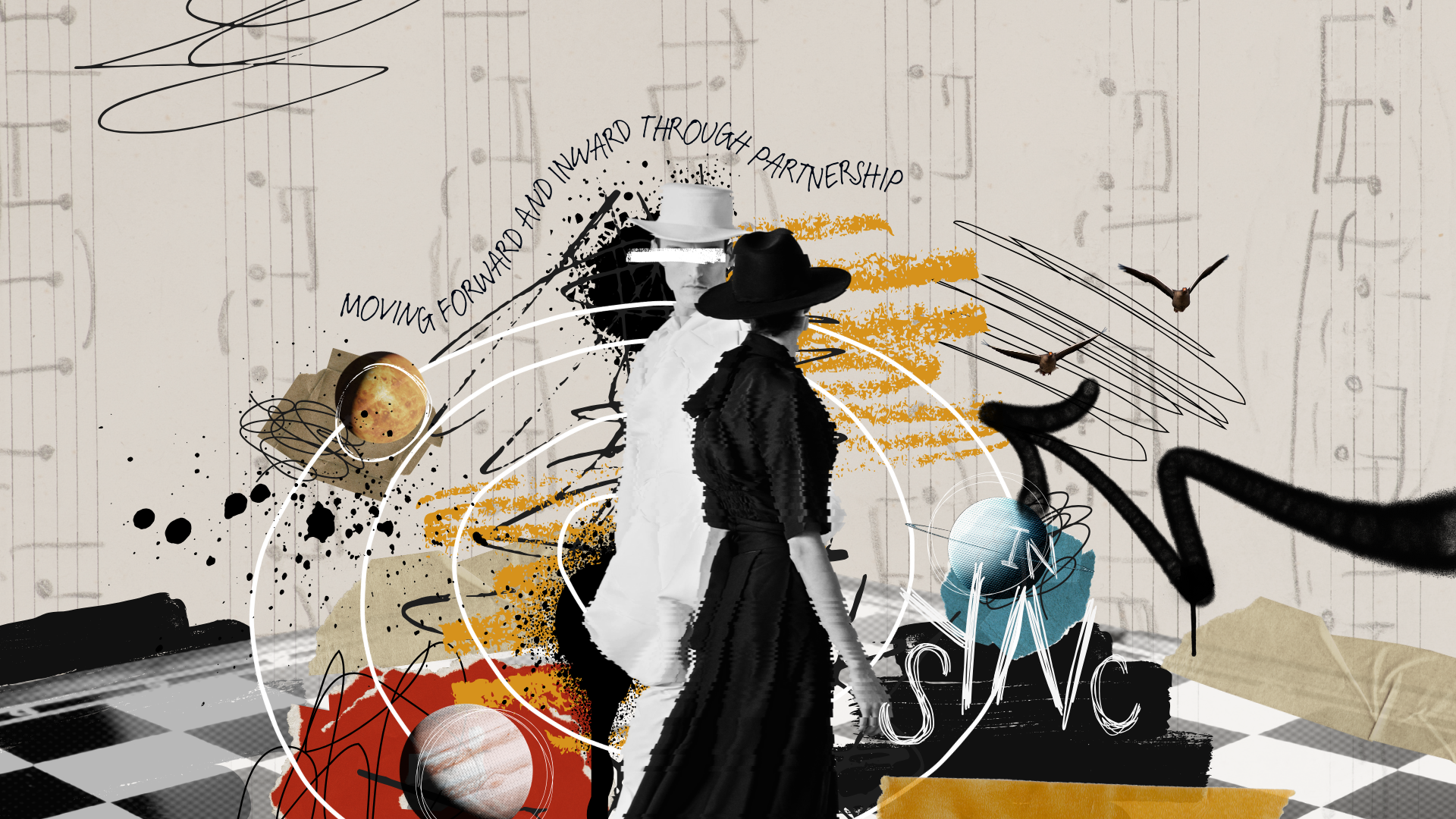
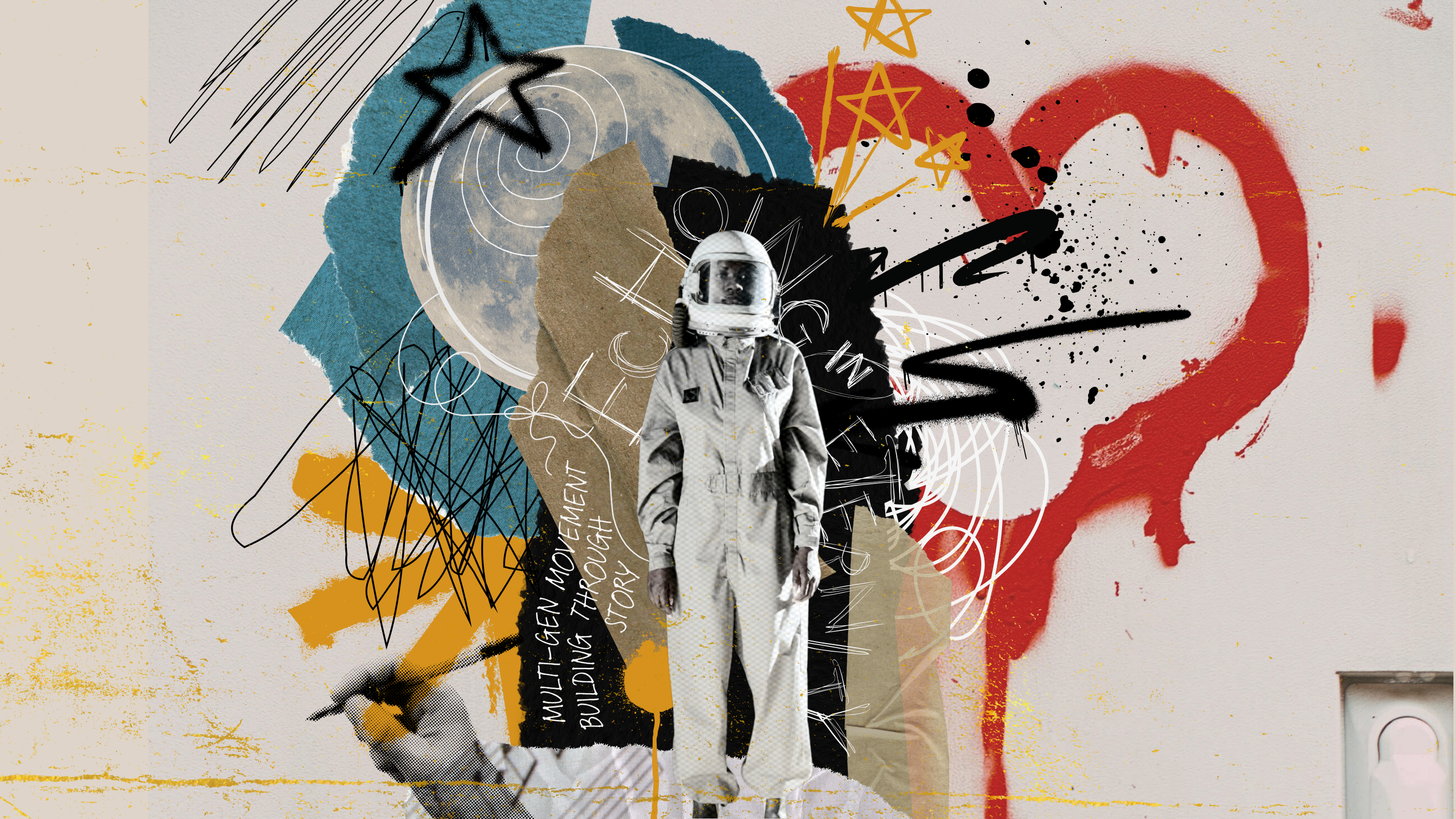
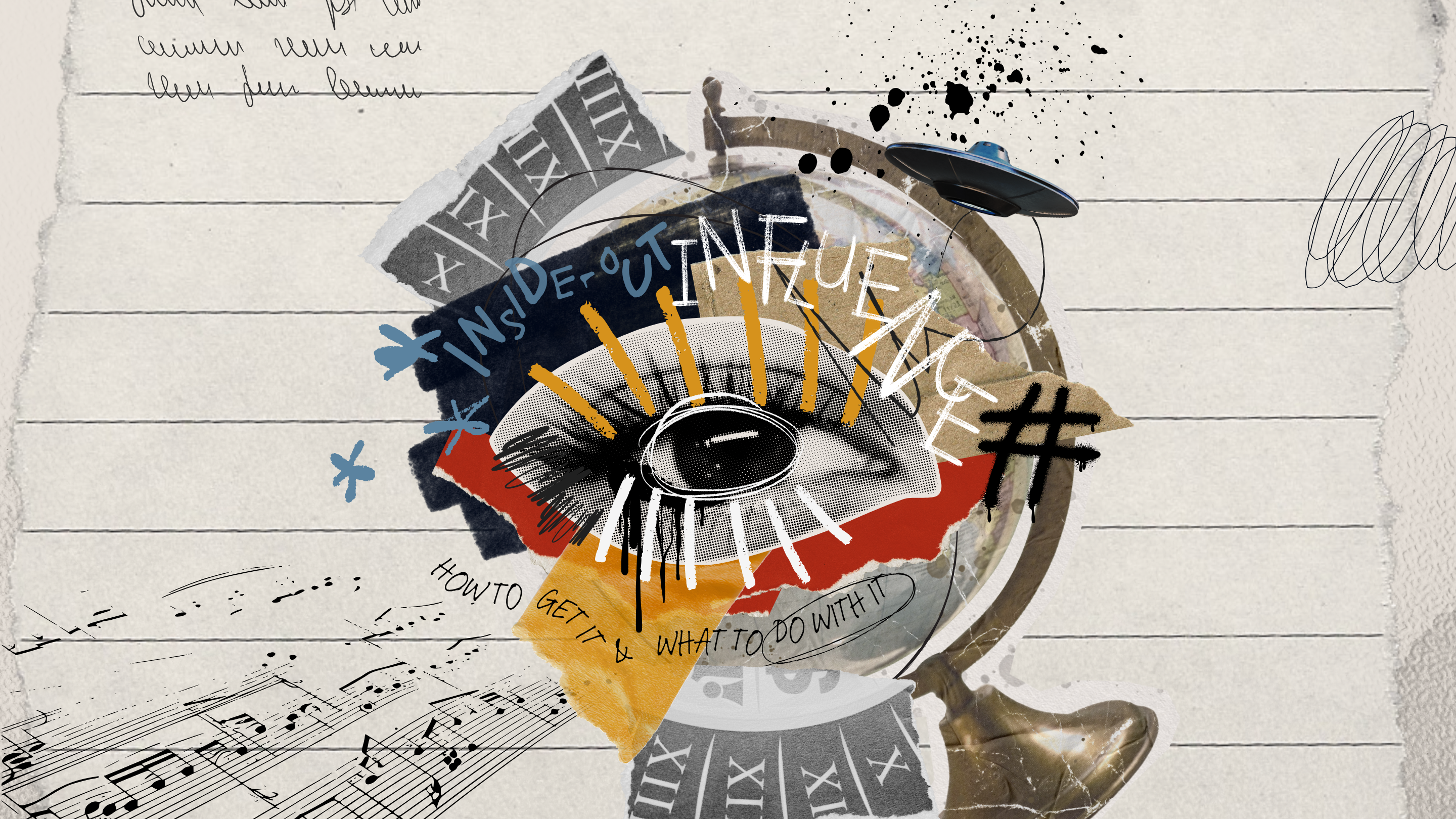
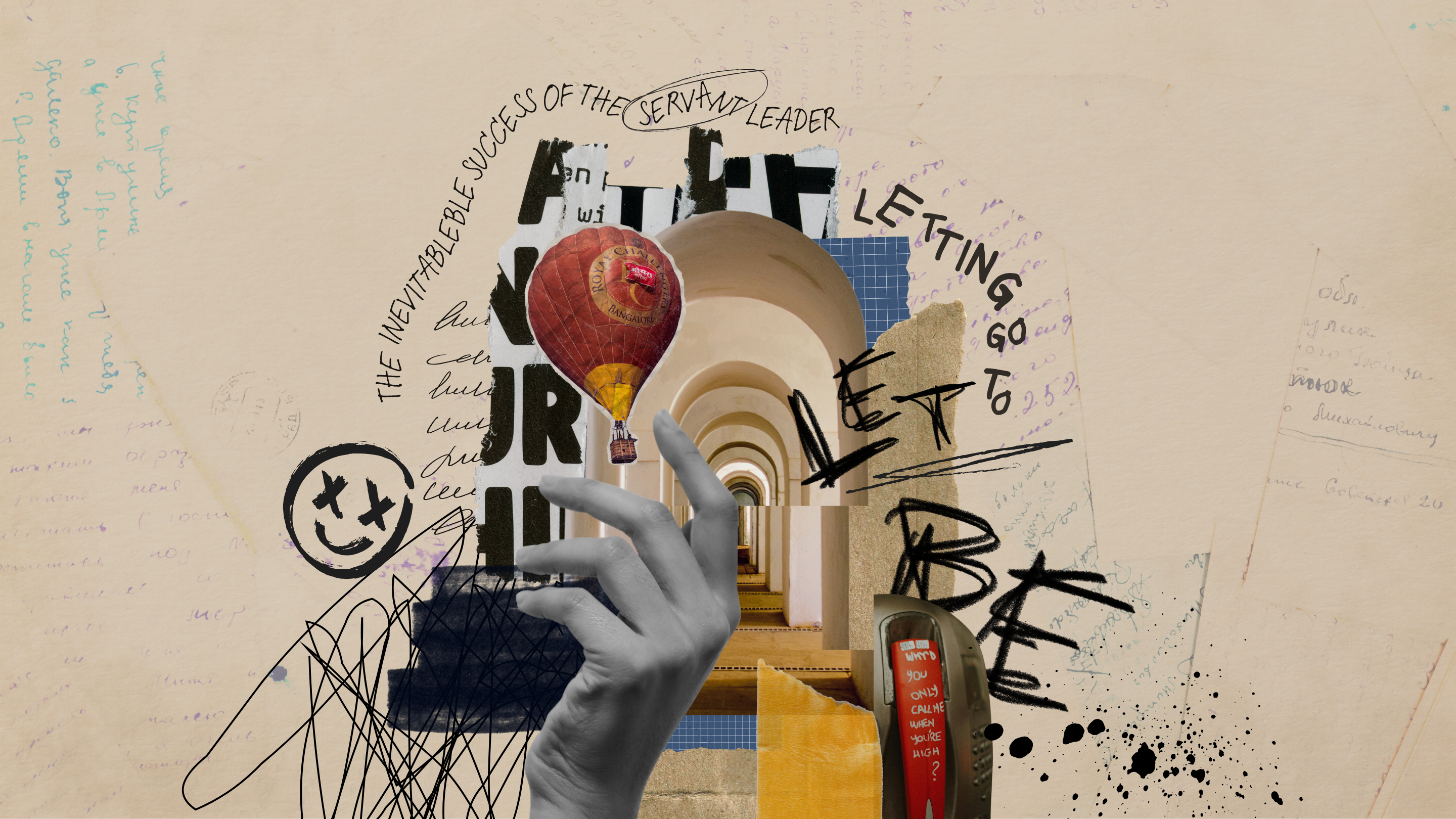
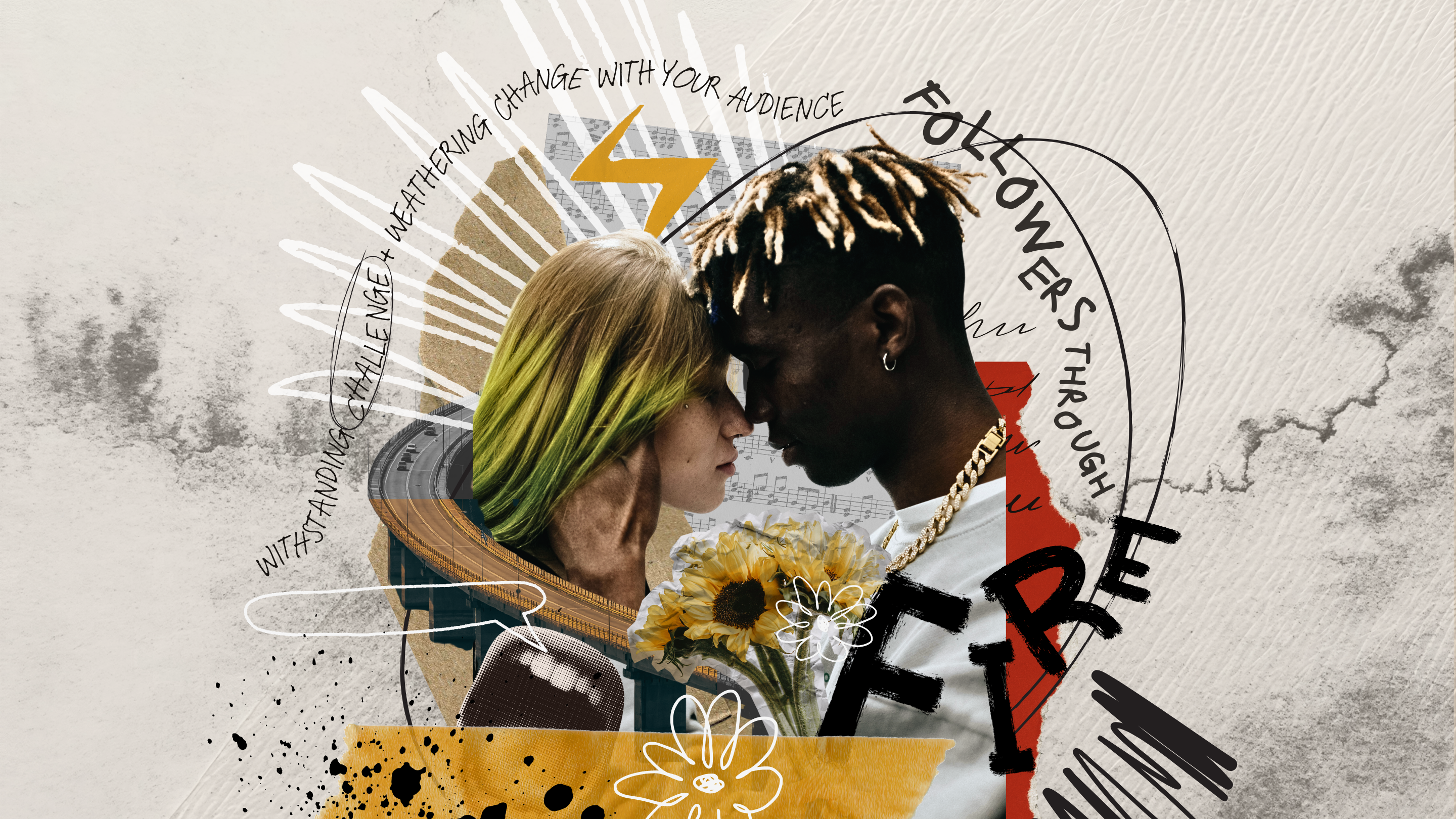
commentary
commentary